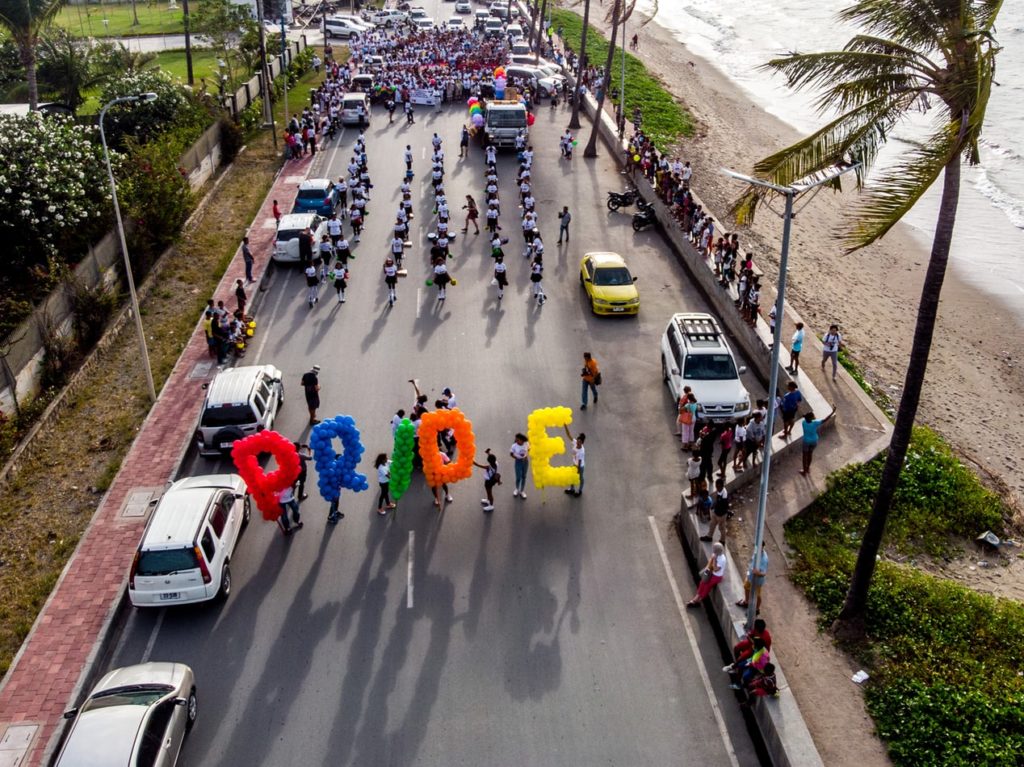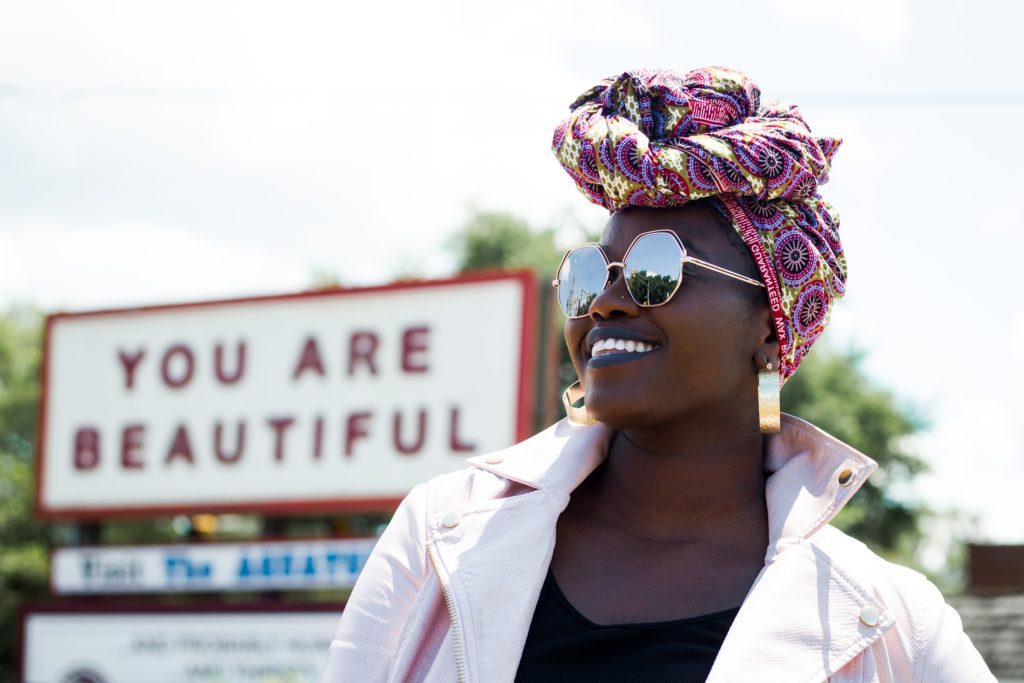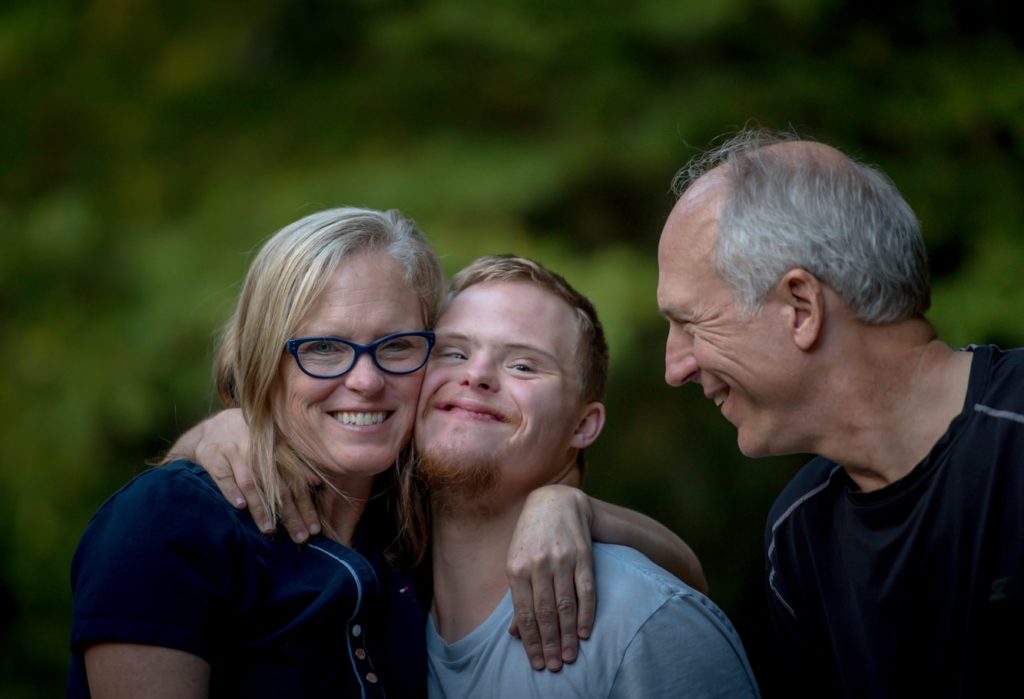Suggestions on Writing Diversity
In the last decade, there’s been a push for authors to write more diversity into their works, and for publishers to actively seek out diverse authors and diverse works – from people of colour and queer people, to those with different socioeconomic statuses and differently abled people. Along with this has come a critique of people who do include these characters – that the attempts at diversity aren’t enough, or are attempted poorly. Kosoko Jackson withdrew his novel, ‘A Place for Wolves,’ from publication after criticism of his portrayal of Muslim characters, or ‘The Black Witch’ by Laurie Forest, which was criticised for reinforcing racism, rather than engaging and critiquing it, and ‘The Continent’ by Justina Ireland, which employed the ‘white saviour’ trope. However, refusing to write diverse characters also isn’t an option. Representation for diverse communities is important and valuable. Instead, there are several things we can do to ensure we write diverse characters and people in a respectful way.

One. Do your research, and especially read things written by the community itself, rather than by outsiders. Read about their history, about important influences, about their experiences as part of that community. Read other fiction, non-fiction or poetry written by the community. Talk to people who are part of it, or watch tv or listen to radio shows from that community. Find out how they refer to themselves, what sort of slang they use, or traditions specific to them. You don’t need to overload the reader with these details, but they can inform your writing.

Two. Get a sensitivity reader. You can do your best to write in a respectful manner, but you don’t know how it will come across to a reader. Sensitivity readers should belong to the community you’re writing about, and can flag potential issues that may arise. Try for more than one – not everyone in the community sees issues the same way, and no one person speaks for their entire community, so it’s important to get a variety of opinions.

Three. These characters are people too, and shouldn’t rely on their identity as part of a diverse community to be their only identifying characteristic. If they’re racially diverse, don’t make their presence only be about racial issues. If they’re queer, their character shouldn’t only focus on their queerness. Let them make mistakes. Give them hopes and dreams, fears and worries. Write three-dimensional people.

Finally, if you do make a mistake, and someone raises a concern with you, be willing to listen, and to learn. Apologise, do what you can to rectify the mistake, and learn from it going forwards. We won’t always be perfect, but being thoughtful about your choices when writing can do a lot towards writing a more inclusive, considerate work.
 Next Post
Next Post